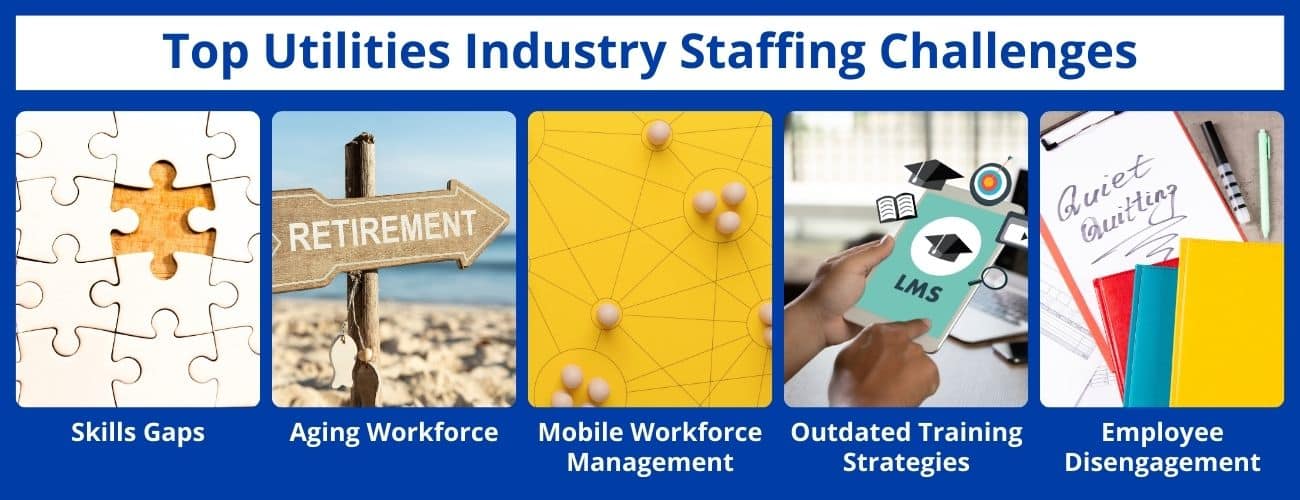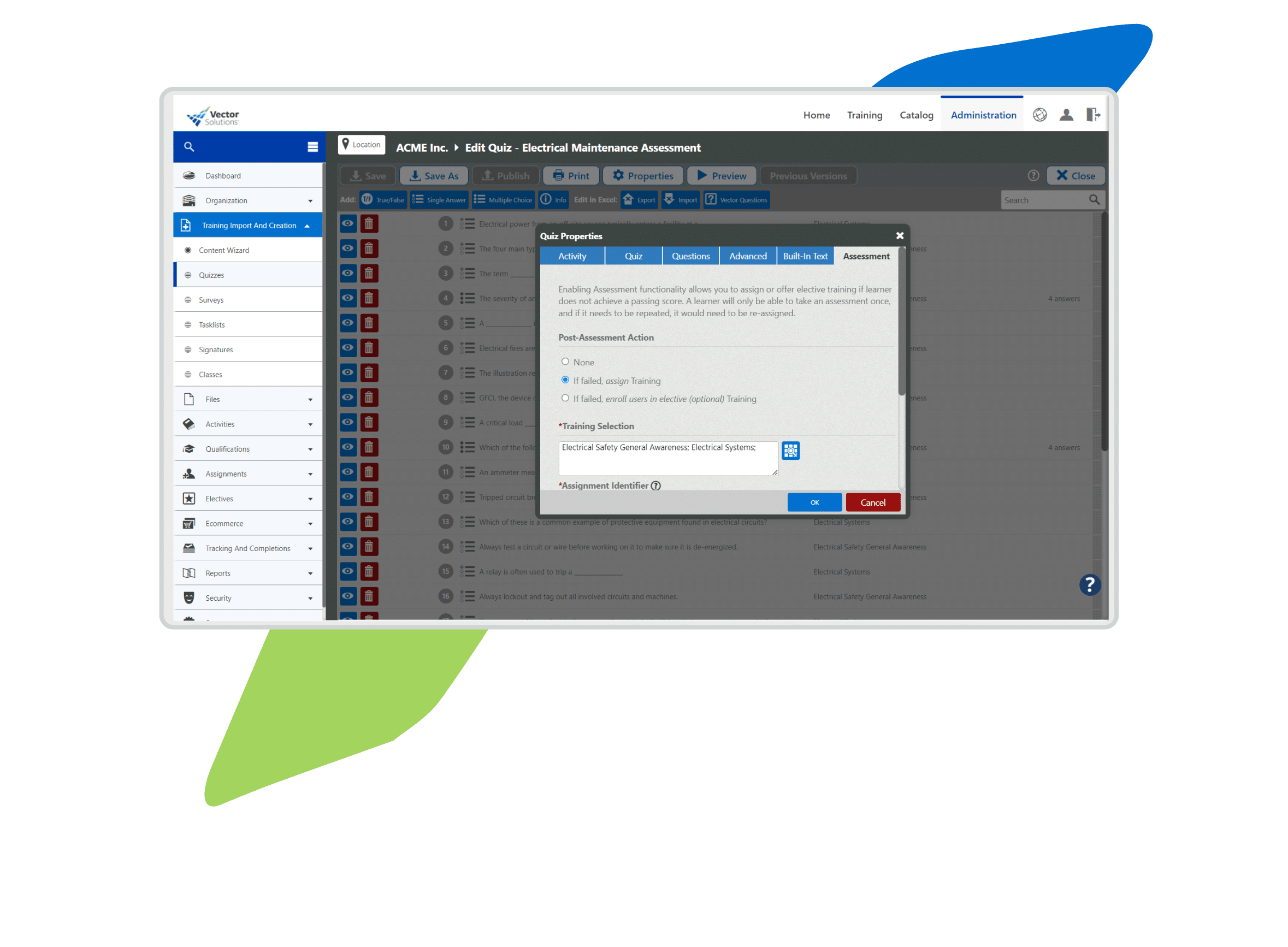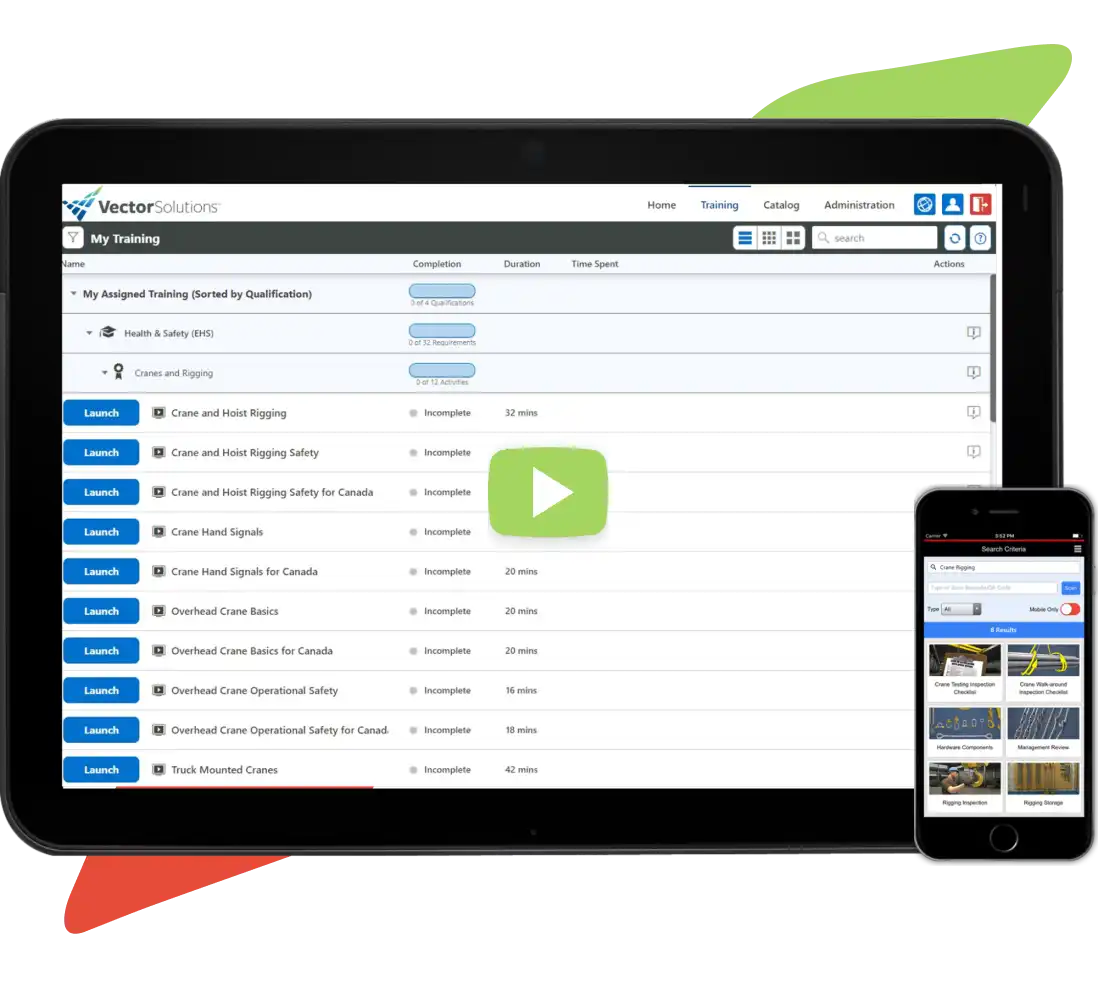March 7, 2024 6 min read

Energy and Utilities Staffing Challenges (and How to Overcome Them)
Industry:
Solution:

Workforce dynamics play a pivotal role in shaping an industry’s trajectory. The demands of the workforce and an evolving labor market have created numerous energy and utilities staffing challenges. In this blog, we’ll take a deep look at the challenges utilities companies are facing with attracting, hiring, onboarding, and retaining staff. And what you can do about it.
Energy and Utilities Industry Trends to Watch
Like many industries, rapid change has become a staple for the utilities sector. From advancements in technology (such as Artificial Intelligence) to sustainability goals driving more use of renewable energy, there are numerous dynamics impacting this market.
“This is a unique opportunity that can drive lasting change, so it’s vital that utilities first develop a strategic vision of what they want to look like in 10 to 20 years and what areas of the energy transition they want to specialize in.”
— Jeffrey W. Miller, EY Americas Power & Utilities Strategy Lead (Source: EY)
To stay ahead, it’s important to stay informed about emerging trends that will shape your workforce and the types of training they require to stay safe, compliant, and effective in their jobs.
Top trends currently impacting the energy and utilities industry include:
- A shift towards renewable energy. This is driven by global commitments to sustainability. As the industry pivots towards cleaner energy, companies will need to cross-train employees in solar, wind, battery, and other renewable energy solutions.
- Explosive job growth. In addition to the rapid rise of sustainable energy, the Inflation Reduction Act is expected to create 550,000 new jobs in renewable energy industries. The Bureau of Labor Statistics reports that the demand for electric utility workers will increase 6% from 2019 to 2029.
- Digital transformation. Integrating digital technologies such as smart grids, the Internet of Things (IoT), and AI will help companies enhance the efficiency and safety of their operation. This will require the utilities workforce to be skilled in data analytics, cybersecurity, and the use of these vital new technologies.

1. Industry Skills Gaps
To meet sustainability goals and embrace the digital revolution in this space, employees will need additional training.
Only 57% of power and utilities companies have a well-defined reskilling strategy in place.
Whether it’s cross-training employees on renewable energy solutions or closing key technological skills gaps, an investment in training your existing workforce is going to be essential.
It will also be important to hire and retain professionals who are already proficient in these emerging topic areas to quickly close skills gaps.
2. Aging Utilities Workforce
Like many industrial sectors, utilities and energy has an aging workforce and is being impacted by a wave of retirements. As experienced employees exit the workforce, a wealth of knowledge can often leave with them.
50% of the current energy utility workforce will retire in the next ten years, according to the US Department of Labor
It’s critical to start succession planning now to ensure the transfer of critical knowledge for your organization. Starting mentorship programs and nurturing a talent pipeline to fill key roles quickly will help mitigate the impacts of mass retirements.

3. Workforce Management
Energy and utilities companies primarily employ field-based employees, which can create numerous management challenges. Coordinating operations and delivering consistent training to dispersed teams is crucial.
Employee tenure has decreased by 37% in the last decade, according to the U.S. Bureau of Labor statistics.
Overcoming mobile workforce management challenges is essential for maintaining safety, efficiency, and retaining a deskless workforce.
4. Outdated Training Strategies
Are you currently relying on manual training and reporting processes? You’re not alone. We work with companies who have no formal training program yet and/or do everything by hand. And they know that this is not sustainable and can’t scale with their organization as it grows.
Given that training is vital to the future of work in this industry, improving training materials and strategies can make a huge difference.
5. Employee Disengagement
Retaining employees in the utilities sector is a growing concern. Data from the US Department of Labor shows:
- 63% of nuclear professionals say they lack a clearly defined career path
- 90% of power professionals want to leave their current role
- 48% of power professionals want to leave the energy sector altogether
This shows that utilities companies need to do more to engage their workforce, improve the employee experience, and provide more career opportunities.
How to Overcome Energy and Utilities Staffing Challenges
Navigating the staffing challenges in the utilities industry demands a proactive approach. Here’s what we recommend:
- Invest in the right training technology. Implementing a robust Learning Management System (LMS) facilitates continuous skill development and removes manual processes that are time-consuming and prone to error. LMS platforms enable utilities companies to deliver targeted training modules, track employee progress, and assess competency levels. This tech-driven approach ensures that the workforce stays abreast of the latest technological advancements and regulatory changes.
- Find more qualified talent. When hiring employees, it can be useful to use competency assessments as part of the interview process to learn who has the skills your organization needs.
- Create knowledge transfer programs. To ensure continuity of service amidst employee turnover and retirements, it’s important to create succession plans to transfer knowledge before it’s lost. This can be done using mentorship initiatives, better documentation, and fostering more retention with tactics like Learning Paths and career development.
- Collaborate with educational institutions. To maintain a healthy energy and utilities staffing pipeline, it’s important to establish partnerships with educational institutions. From facilitating more internships and apprenticeships, this can be a great way to recruit the next generation of workers.
- Streamline your onboarding program. Enhance onboarding processes for field employees with clear communication, targeted training, and accessible training resources. Implement ongoing support mechanisms, such as mentorship programs and regular check-ins, to address challenges faced by employees and to foster a sense of connection with the broader organization.
Vector Solutions’ Competency Assessment Tool
Learn how you can build assessments using questions from Vector Solutions eLearning courses and then auto-assign training to fill skills and knowledge gaps
View Brochure
Why Utilities Companies Trust Vector Solutions for Learning & Development
“If somebody contacted me and said, ‘is Vector Solutions a good company to work with,’ I would definitely say yes because you’re not going to find a company with more industrial content and such a vast array of content.”
— Ormat Technologies
Effective learning and development solutions are instrumental in overcoming workforce staffing challenges. Vector Solutions is a trusted partner for utilities companies, providing tailored strategies and cutting-edge technology to enhance employee skills and drive organizational success.
- Comprehensive Training Management. Our mobile-accessible LMS is designed to meet the specific needs of the utilities sector. The platform provides a centralized hub for training initiatives, enabling companies to deploy, track, and manage a wide range of courses efficiently. With features like customizable Competency Assessments and real-time progress tracking, utilities companies can ensure that their workforce remains equipped with the latest skills and knowledge.
- Industry-Specific eLearning Courses. Recognizing the unique challenges of the utilities industry, Vector Solutions delivers specialized content for energy companies. Whether it’s compliance training, safety protocols, or technical skill development, we offer a diverse library of courses to meet your training needs.
- Data-Driven Insights for Continuous Improvement. Our LMS and EHS Management solutions include robust analytics and reporting features. Leverage data-driven insights to assess the effectiveness of training programs, identify areas for improvement, and make informed decisions to enhance overall workforce development strategies.
Industrial Learning Management System (LMS) Brochure
Explore how you can develop a more skilled, productive, and efficient workforce with Vector Solutions’ award-winning eLearning courses and learning management system (LMS)
Learn More








